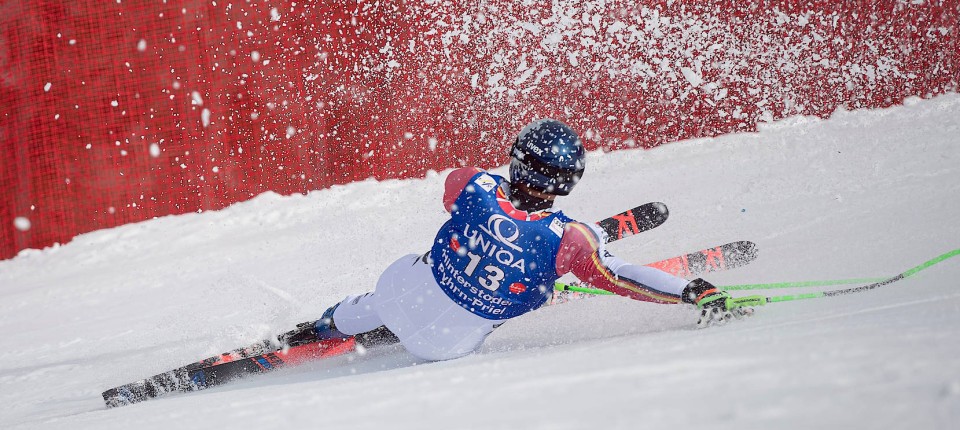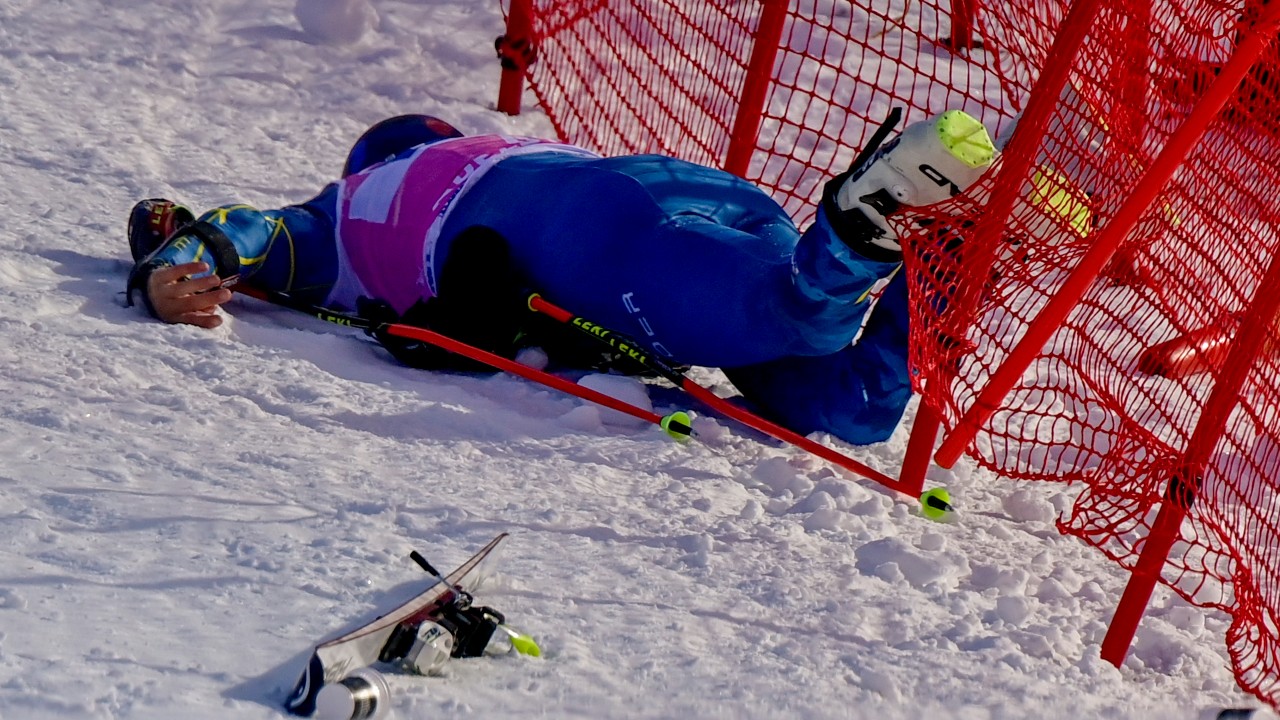
Skiing is a fun and exhilarating sport that millions participate in each year. There is nothing like the feeling of skiing down a mountain with perfect snow conditions on a Blue Bird Day. Even though most people love to ski, they still have apprehensions about some things. Concerns exist about the rising cost of lift tickets, overcrowded slopes, long lift lines, and paid parking. However, there are other frustrations and fears that are more concerning to anyone who has ever been skiing.
Being injured while skiing and snowboarding is a legitimate concern everyone on the mountain thinks about. It’s not being paranoid or overprotective. It’s just being vigilant. While there is always the chance someone could get hurt skiing or snowboarding, no one wants to be hurt or seriously injured due to someone else’s actions. A growing number of skiers have been getting frustrated with how ski resorts operate, degrading a person’s overall experience at the mountain. Some of these concerns can be addressed and mitigated. However, some are, unfortunately, just part of the risk of going skiing. Most concerns from skiers and snowboarders include safety issues, physical challenges, chairlifts, and overcrowded ski resorts.
Safety
Everyone on the mountain must be aware of the Skier Responsibility Code, which guides skiers, snowboarders, and resort staff safely on the mountain. Unfortunately, not everyone follows the code. Skiers and snowboarders must assess dangers on the mountain, such as rocks, trees, tree wells, other obstacles, steep terrain, among others. They shouldn’t have to deal with reckless and out-of-control people. “Winter sports involve risk of serious injury or death. Your knowledge, decisions, and actions contribute to your safety and that of others,” according to the National Ski Areas Association (NSAA) website.
There seems to be an increase in incidents where skiers and snowboarders fail to follow the Skier Responsibility Code, which causes injuries. People on the slopes colliding with one another because one or both of them were not paying attention to their surroundings is extremely dangerous and can cause serious injury. Perhaps this risk is more visible now due to social media. However, it does seem like it is on the rise. Staying in control at all times is the skier’s and snowboarders’ responsibility. It is always smart not to rely on people to follow the code, and looking uphill to avoid others before starting downhill or entering a trail is intelligent. This is especially true when trails intersect or merge together. Everyone hopes that the other person is paying attention, but it is always safer to presume they are not and risk being injured.
Skiing Challenges and Physical Risks

Most recreational skiers will never be on a World Cup race course. Those courses are designed to be skied only by professional skiers and snowboarders. This doesn’t mean that there aren’t steep and fast slopes at ski resorts. Many skiers and snowboarders have common fears, which include injuries like ACL tears, broken bones, and concussions. Icy conditions, poor visibility, steep runs, and unpredictable weather also happen on the mountain. Conditions at the top of the mountain can be very different from those at the bottom. Skiers and snowboarders should be aware of the terrain and conditions they are skiing at all times. Skiing within someone’s limits is also key to not being injured. Pushing the limits of your ability is a fine line. Trying to improve someone’s skill and ability is one thing, but pushing someone’s physical and ability level is wreckless. Skiers and snowboarders should know their abilities and not attempt skiing or snowboarding terrain that is above their skill level.
Chairlifts
There have been numerous chairlift incidents this season at ski resorts around the world. Skiers and snowboarders are accustomed to a lift stopping on the way up the mountain. However, most skiers and snowboarders don’t think about falling off a lift or having a lift detach. Unfortunately, both of those incidents have occurred this season, causing several injuries and fatalities. It is normal for some to have a fear of being on a chairlift and being blown around in high winds. Utilizing the safety bar for most situations can eliminate the risks of falling off a chairlift. However, skiers and snowboarders have no control over maintenance. The number of incidents this season raises legitimate questions about maintenance and the overall safety of the lifts at resorts. The lack of control and feeling helpless about the safety of getting on a lift, gondola, or tram may be one of the scariest things about skiing.
Overcrowded Ski Resorts
Skiing or snowboarding during the weekend or peak times is something that everyone tries to avoid if possible. However, some people have no choice due to their jobs or school. Unfortunately, those people have to ski during peak times, which means crowds. While most people are prepared for the ski resort to be busier during the weekends and holidays, sometimes, it gets too crowded. There are some ski resorts that don’t limit the number of passes per day, which can lead to catastrophic conditions on the mountain and at the lift lines.
Navigating a ski resort when it is overcrowded can be overwhelming to not just beginners but also advanced skiers. Due to their skill level, beginner skiers and snowboarders are limited to the terrain they can move to avoid crowds, while advanced skiers can move to terrain that beginner and intermediate skiers are less likely to be on. It is difficult for beginners to navigate a trail when it is littered with hundreds of other skiers and snowboarders. It is understandable that this can lead to apprehension and fear of running into other people or another person running into them for beginners. It also adds to the fear of falling down and getting injured, which no one wants. For advanced skiers, sticking to expert terrain is the safest spot to be on the mountain, and for most, that’s where they usually stay for that exact reason.
One of the most frustrating aspects of skiing is the crowds on the mountain, in the lodge, in the lift lines, and in the parking lots. No one wants to wait in line or have to deal with crowds on the slopes when they’re paying hundreds of dollars for a pass. Time costs money, and waiting in line for the lift, parking spots, and the lodge can add up quickly. Perhaps the most frustrating part of the whole thing is that ski resorts know the approximate number of skiers and snowboarders that will be on the mountain each day. Most people understand there will be crowds on the weekends and peak times, but the resorts should do something to mitigate it.
The two biggest concerns for skiers and snowboarders are overall safety and overcrowded resorts. The fear of being hit by another skier or snowboarder is real, given the overcrowded nature of ski resorts. Skiing and riding within someone’s abilities will mitigate many of the concerns. Guests can also check out the resort’s track record of lift accidents. With social media, it doesn’t take long to hear or see about a lift incident at a resort, and it should raise concerns and awareness among skiers and snowboarders. By staying aware, skiing within one’s ability, and choosing resorts with strong safety records, skiers and snowboarders can enjoy the mountains while minimizing risks and maximizing their time on the slopes.
For additional information on safety tips at a ski resort, visit the NSAA’s website.